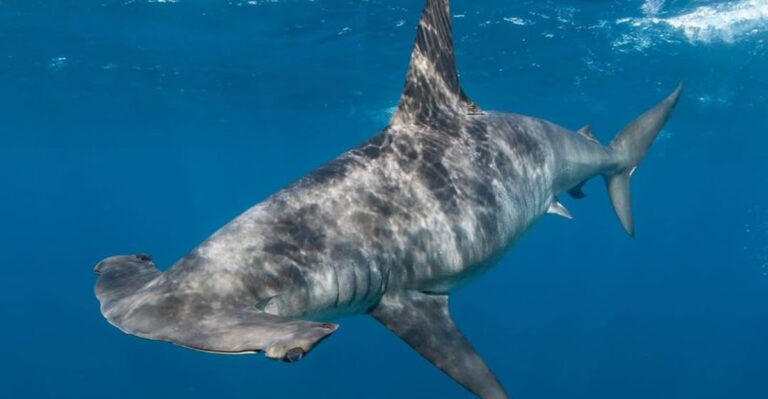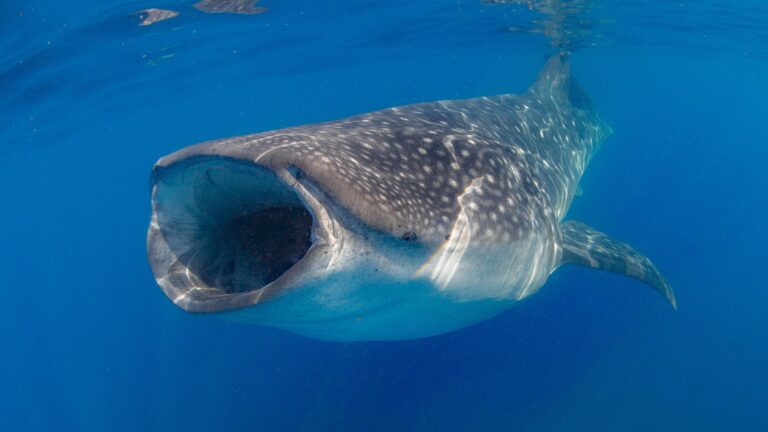12 U.S. States Where You’re Most Likely To Spot A Beautiful Pronghorn
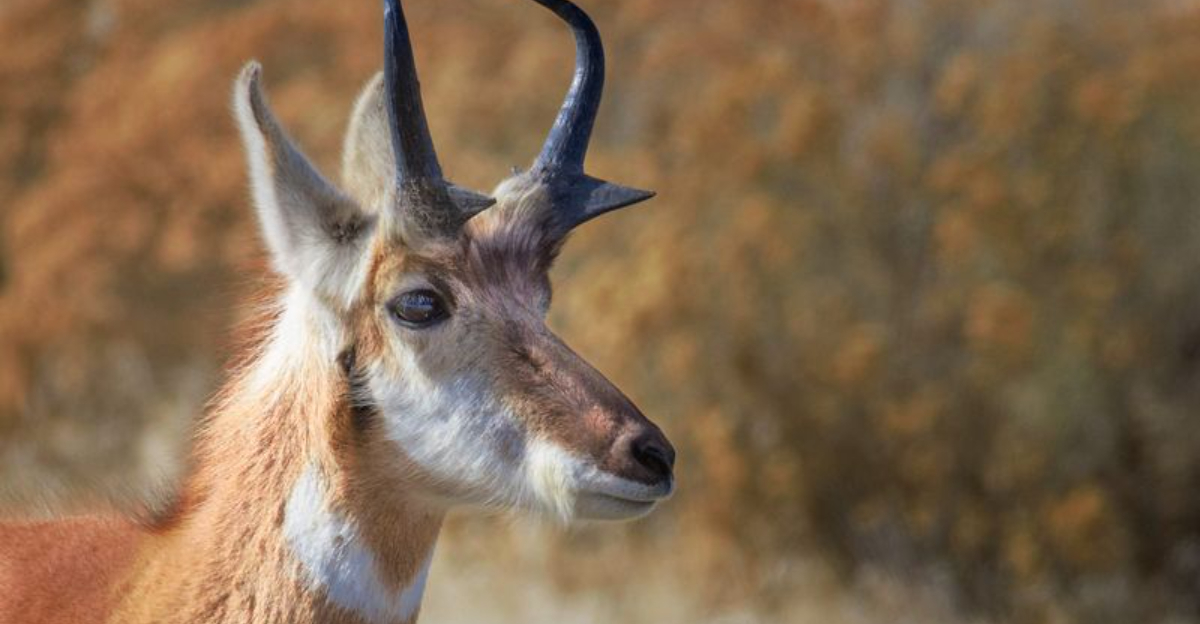
The pronghorn, often mistakenly called an antelope, is North America’s fastest land mammal and can sprint at speeds up to 60 mph.
These elegant creatures with their distinctive forked horns roam the open grasslands and deserts of western North America. If you’re hoping to catch a glimpse of these remarkable animals in their natural habitat, certain states offer better opportunities than others for wildlife enthusiasts and photographers alike.
1. Wyoming
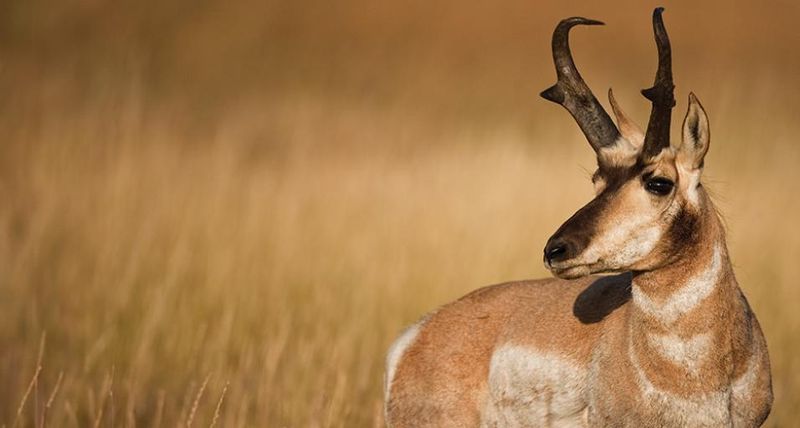
Wyoming boasts the largest pronghorn population in America, with over 400,000 of these swift creatures calling the state home. The wide-open sagebrush plains and rolling hills create perfect visibility for spotting these animals.
Grand Teton National Park and the area around Yellowstone offer excellent viewing opportunities during summer months. Many Wyoming ranchers have modified their fencing to allow pronghorns to maintain their ancient migration routes.
2. Montana

Across Montana’s sweeping prairies, roughly 130,000 pronghorns roam freely. The Charles M. Russell National Wildlife Refuge hosts impressive numbers, particularly during morning and evening hours when they’re most active.
Eastern Montana’s uninterrupted grasslands provide crucial winter habitat where these animals gather in large herds. Local conservation efforts have helped maintain healthy population numbers despite changing land use patterns throughout the state.
3. Colorado
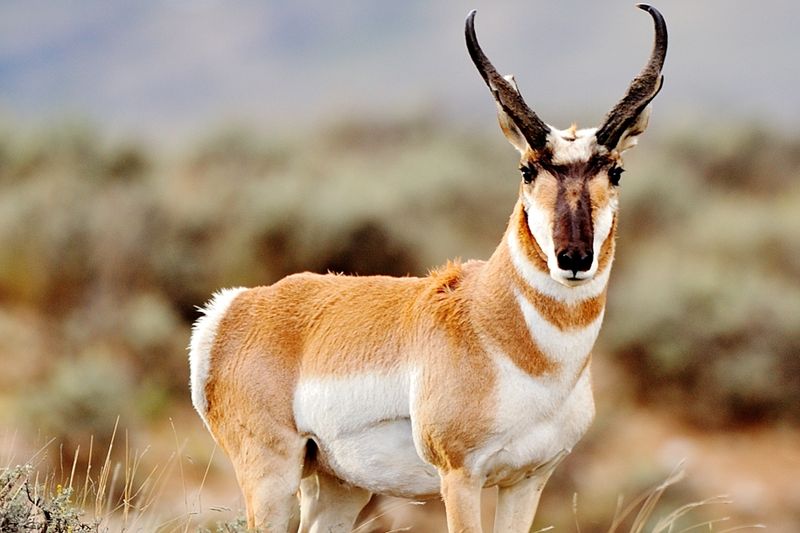
North Park basin near Walden serves as Colorado’s pronghorn headquarters. These remarkable animals thrive in the state’s mix of high plains and mountain valleys where sagebrush provides both food and cover.
Pawnee National Grassland offers reliable sightings for wildlife watchers. Fall brings spectacular opportunities as pronghorns gather for mating season, with males engaging in territorial displays and dramatic chases across the landscape.
4. South Dakota

Buffalo Gap National Grassland offers prime pronghorn viewing across its 600,000 acres. Early mornings reveal these graceful creatures silhouetted against South Dakota’s famous badlands landscape.
Custer State Park’s Wildlife Loop provides reliable sightings year-round. The western half of South Dakota maintains healthy pronghorn populations thanks to collaborative conservation efforts between ranchers, tribal nations, and wildlife agencies preserving critical migration corridors.
5. New Mexico
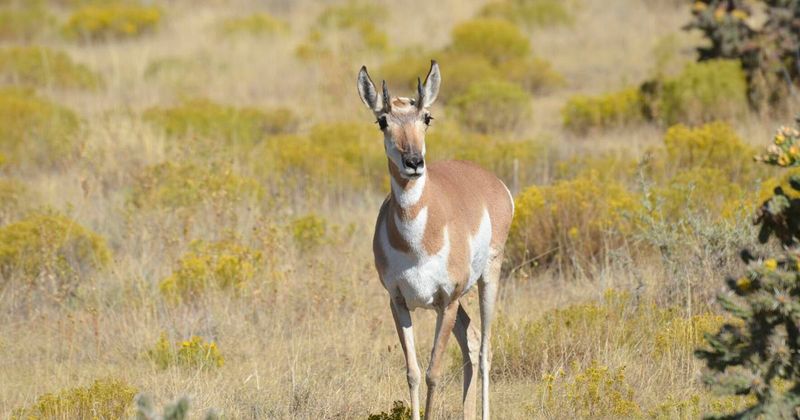
Volcanic fields near Capulin Mountain National Monument harbor surprising numbers of pronghorns. The state’s diverse terrain ranges from high desert to grasslands, creating varied habitats where these animals flourish.
San Antonio Valley offers exceptional viewing opportunities year-round. New Mexico’s pronghorns have adapted to the state’s arid conditions, obtaining most of their water from the vegetation they consume rather than from standing water sources.
6. Arizona
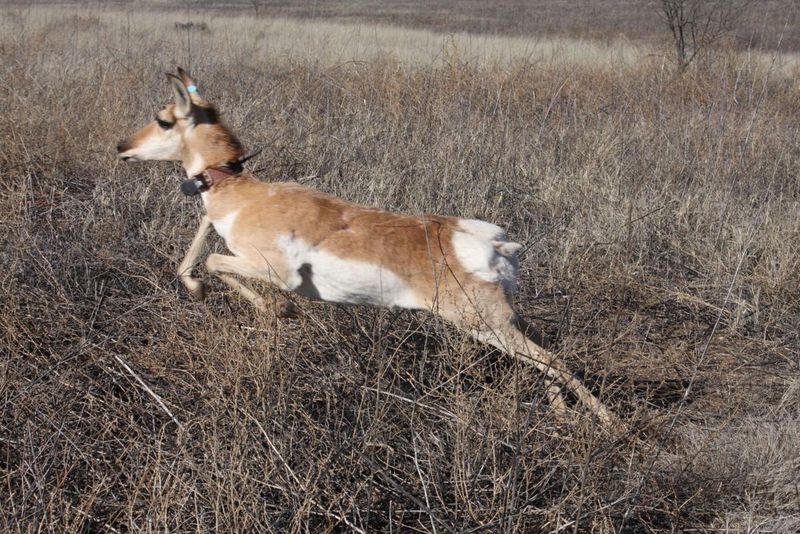
Against all odds, pronghorns survive in Arizona’s harsh environments. The Anderson Mesa population near Flagstaff represents a conservation success story after nearly disappearing in the 1990s.
Buenos Aires National Wildlife Refuge protects crucial habitat for the endangered Sonoran pronghorn subspecies. Volunteer groups regularly remove obsolete fencing across the state, allowing these animals to move freely between fragmented habitat areas.
7. Idaho

Craters of the Moon National Monument might seem inhospitable, yet pronghorns thrive across its alien-looking landscape. Idaho’s high desert regions provide ideal conditions with their mix of sagebrush and open visibility.
The Pahsimeroi Valley hosts substantial herds during spring migration. Wildlife management areas like Mud Lake and Sand Creek offer reliable viewing opportunities, especially during early morning hours when these animals are most active.
8. Utah
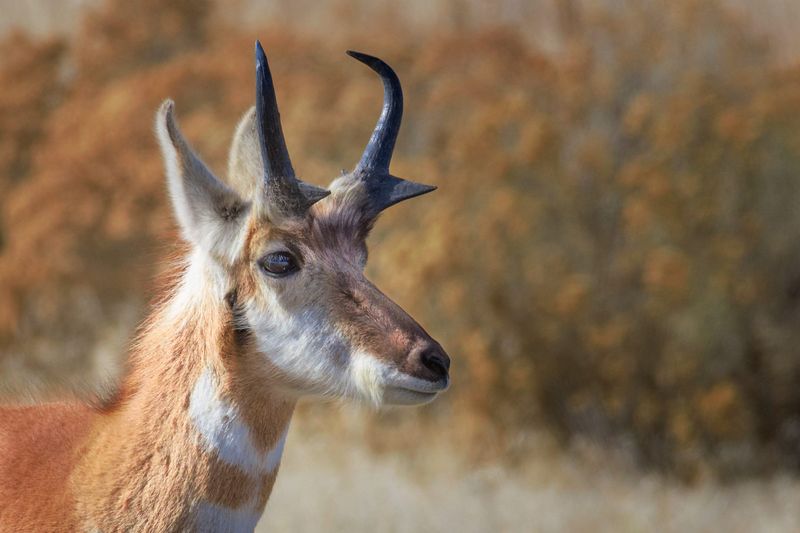
Antelope Island State Park ironically offers some of Utah’s best pronghorn viewing despite its name referencing their mistaken identity. These animals stand out dramatically against the Great Salt Lake’s stark backdrop.
Parker Mountain in south-central Utah supports a robust population. The Book Cliffs region presents another hotspot where pronghorns can be observed year-round, with their tan and white coloration contrasting beautifully against the red rock landscape.
9. Nevada
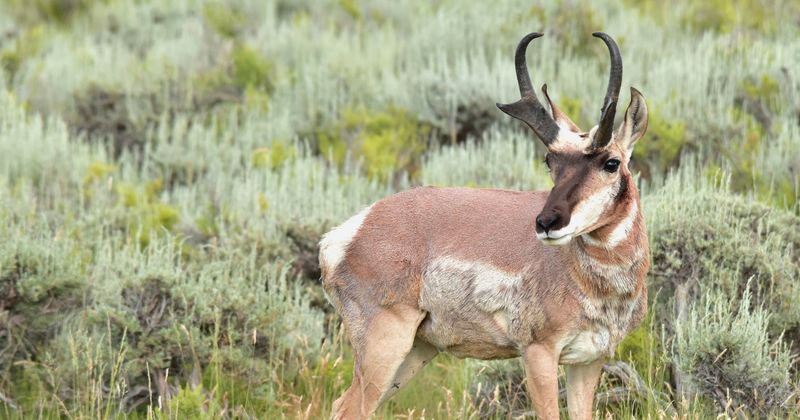
Sheldon National Wildlife Refuge was established partly to protect Nevada’s pronghorn populations. The refuge’s vast expanse of sagebrush steppe provides critical habitat for these magnificent animals.
Ruby Valley offers exceptional viewing opportunities during migration seasons. Nevada’s pronghorns have adapted remarkably to the state’s arid conditions, developing specialized digestive systems that can process the desert’s tough vegetation and extract maximum moisture.
10. Kansas
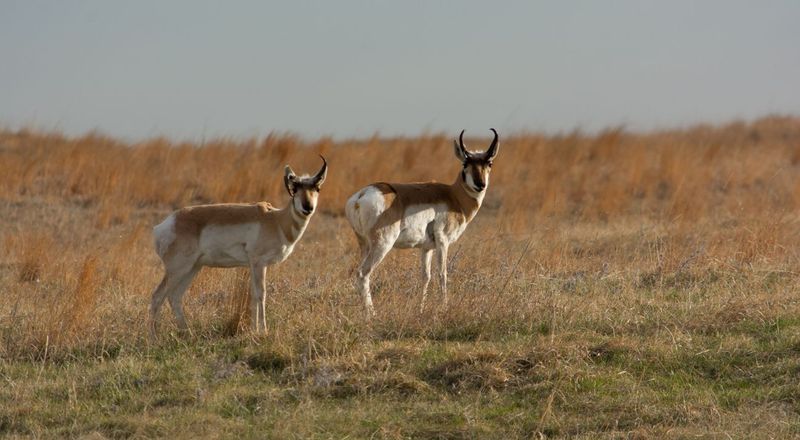
Western Kansas surprises visitors with its healthy pronghorn populations. Cimarron National Grassland represents the eastern edge of their range, where they’ve adapted to agricultural landscapes.
Morning drives along rural roads in counties like Sherman and Wallace often yield sightings. Kansas pronghorns face unique challenges navigating farmland, yet they persist by utilizing corridors of native prairie that connect larger habitat areas.
11. Oklahoma

Oklahoma’s panhandle serves as pronghorn country, especially around Black Mesa State Park. These animals favor the shortgrass prairie ecosystem that characterizes this remote corner of the state.
Rita Blanca National Grasslands provides protected habitat crossing into Texas. Oklahoma’s pronghorns benefit from the state’s efforts to maintain native prairie, with prescribed burns helping to prevent woody encroachment that would otherwise reduce their preferred open habitat.
12. Texas
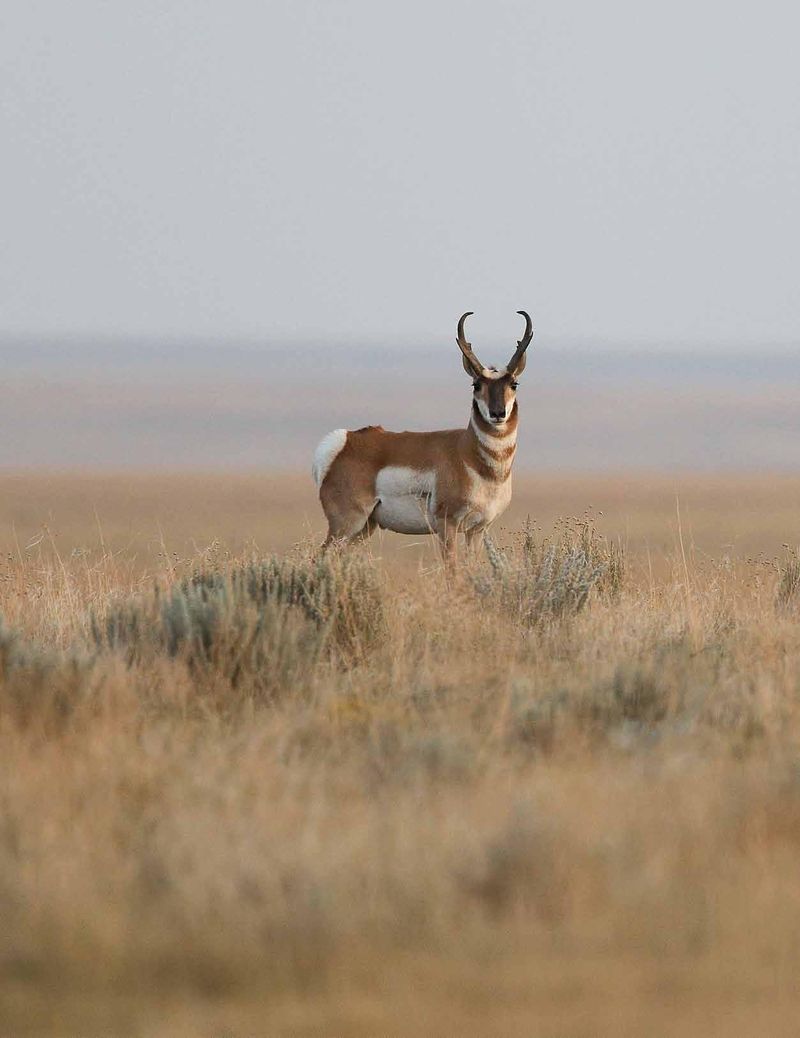
Trans-Pecos region harbors Texas’ most reliable pronghorn populations. Marathon Basin and areas surrounding Marfa offer excellent opportunities to witness these animals against stunning desert backdrops.
Guadalupe Mountains National Park occasionally rewards patient visitors with sightings. Texas Parks and Wildlife has implemented ambitious restoration programs, including relocating pronghorns from the Panhandle to restore populations in areas where they had previously disappeared.




